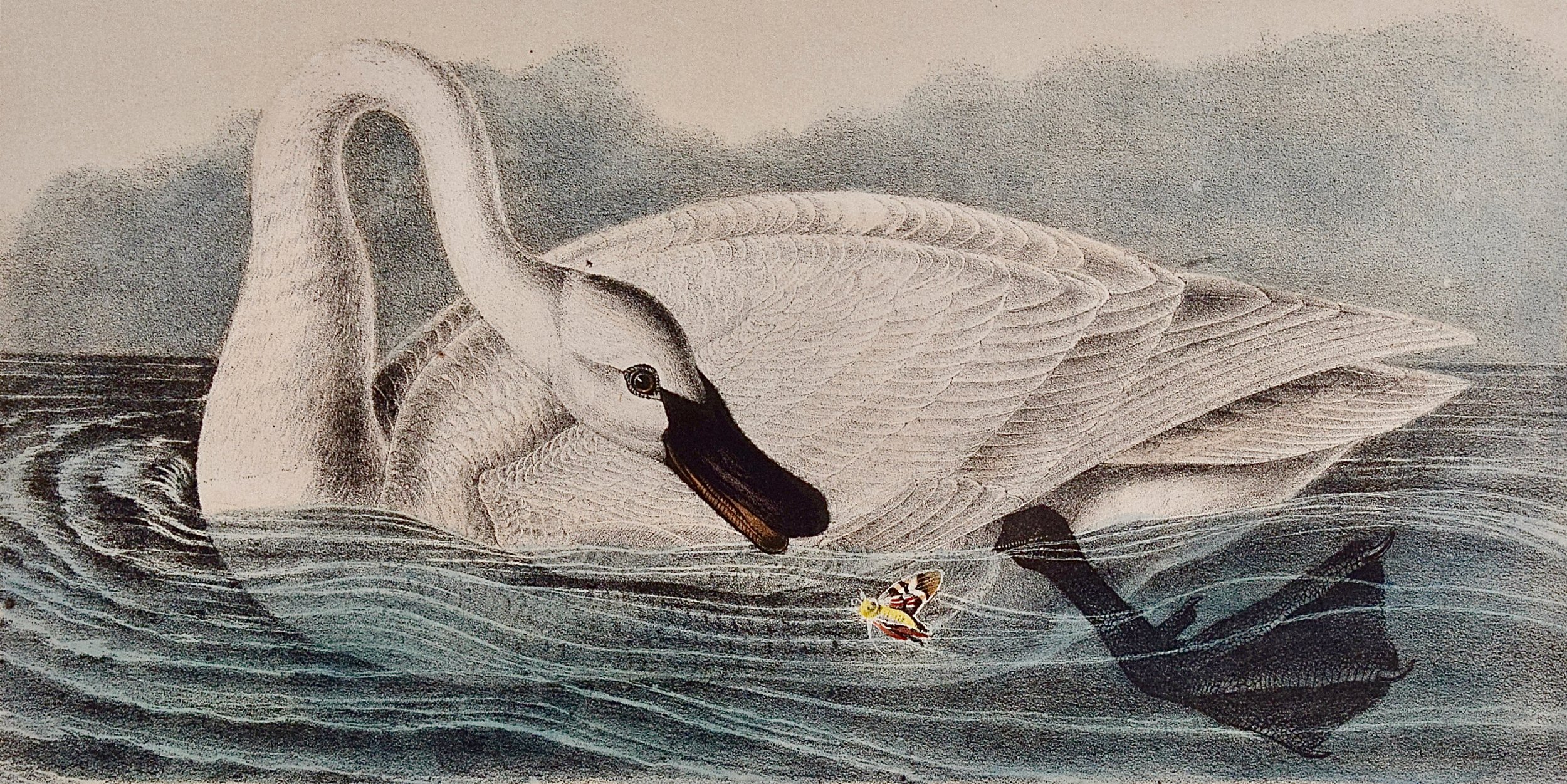Corn, Maize: An 18th Century Hand-colored Botanical Engraving by J. Weinmann
This is a striking original antique colored botanical mezzotint and line engraving of two varieties of corn or maize, which is finished with hand-coloring. It is entitled "Frumentum Indicum, Mays dictum, Bled de Turque", published in 1736 by Johann Wilhelm Weinmann as plate 518 in his monumental publication "Phytanthoza Iconographia".
Creator: Johann Wilhelm Weinmann (1683 - 1741, German)
Creation Year: 1736
Dimensions: Height: 15.75 in (40.01 cm)
Width: 19.38 in (49.23 cm)
Medium: Engraving, Mezzotint
Condition: See description below.
Reference #: 4181
This is a striking original antique colored botanical mezzotint and line engraving of two varieties of corn or maize, which is finished with hand-coloring. It is entitled "Frumentum Indicum, Mays dictum, Bled de Turque", published in 1736 by Johann Wilhelm Weinmann as plate 518 in his monumental publication "Phytanthoza Iconographia".
Creator: Johann Wilhelm Weinmann (1683 - 1741, German)
Creation Year: 1736
Dimensions: Height: 15.75 in (40.01 cm)
Width: 19.38 in (49.23 cm)
Medium: Engraving, Mezzotint
Condition: See description below.
Reference #: 4181
This is a striking original antique colored botanical mezzotint and line engraving of two varieties of corn or maize, which is finished with hand-coloring. It is entitled "Frumentum Indicum, Mays dictum, Bled de Turque", published in 1736 by Johann Wilhelm Weinmann as plate 518 in his monumental publication "Phytanthoza Iconographia".
Creator: Johann Wilhelm Weinmann (1683 - 1741, German)
Creation Year: 1736
Dimensions: Height: 15.75 in (40.01 cm)
Width: 19.38 in (49.23 cm)
Medium: Engraving, Mezzotint
Condition: See description below.
Reference #: 4181
This engraving is printed on a larger than usual fold-out sheet of laid chain-linked paper with wide margins all around. There are two vertical folds, as issued. It measures 15.75" high and 19.38" wide. There is a short thin elongated darkened area in the upper margin associated with some thinning of the paper, some darkening at the right edge of the sheet, a small area of paint in the lower margin on the right and tiny areas in the lower left that appear to have occurred during the hand coloring in the 18th century. The printed area is in very good to excellent condition.
Johann Weinmann (1683-1741) was a botanist and pharmacist who directed a famous pharmacy in Regensburg. The "Phytanthoza Iconographia" was his masterpiece. It was a huge work in eight folio volumes, which provided one of the most comprehensive botanical references of the eighteenth century. It has been described as a "pioneering work of botanical prints” and it remains today one of the most ambitious works ever undertaken, displaying over 4,000 species.
The artist for the much of the work was the talented Georg Dionysius Ehret (1708-1770), whose work is very collectible to this day. Born of a humble family in Heidelberg, Ehret was taught to draw by his father at an early age. As a young man, he worked as a gardener, first for the Elector of Heidelburg and then the Margrave of Badaen-Durlac. He became a well respected botanist and entomologist and one of the most influential European botanical artists of all time.















































